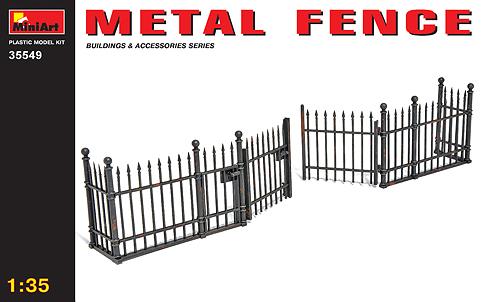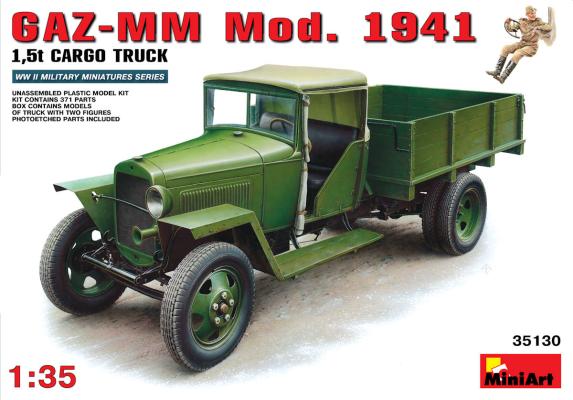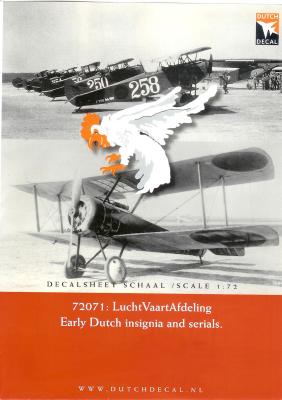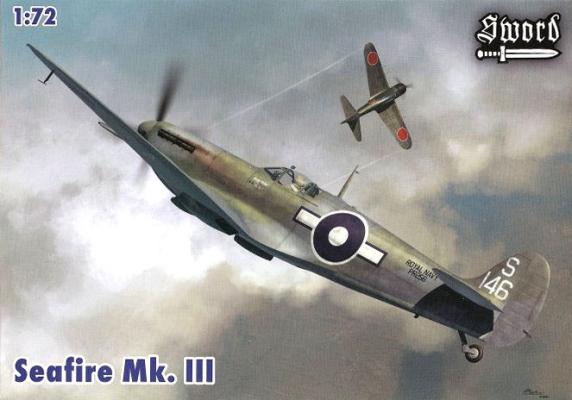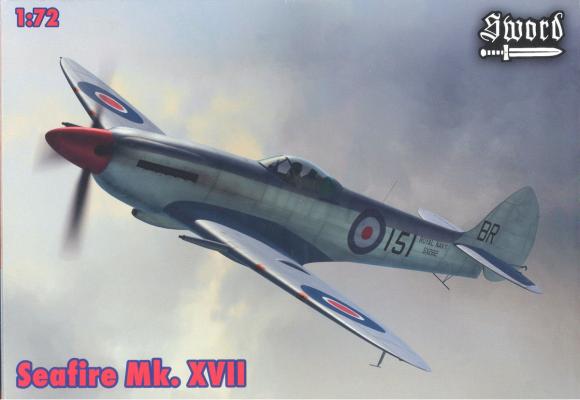This kit consists of 4 identical sprues molded in light grey styrene and containing 140 parts and a double-sided instruction sheet, which is vital, since the kit has so many options.
4 different configurations of fence and gate options are given in the instructions, but you can make any combination of those options with the available parts. I would highly recommend studying the rear of the box art and the instruction sheet to get the most out of this versatile kit.
Absolutely no flash or warpage was present on any of the parts, which is typical of Miniart's excellent injection molding process. Very fine mold lines are present, and they are quite noticeable on the rounded parts, so a thorough sanding of every piece is highly recommended for the best finish.











